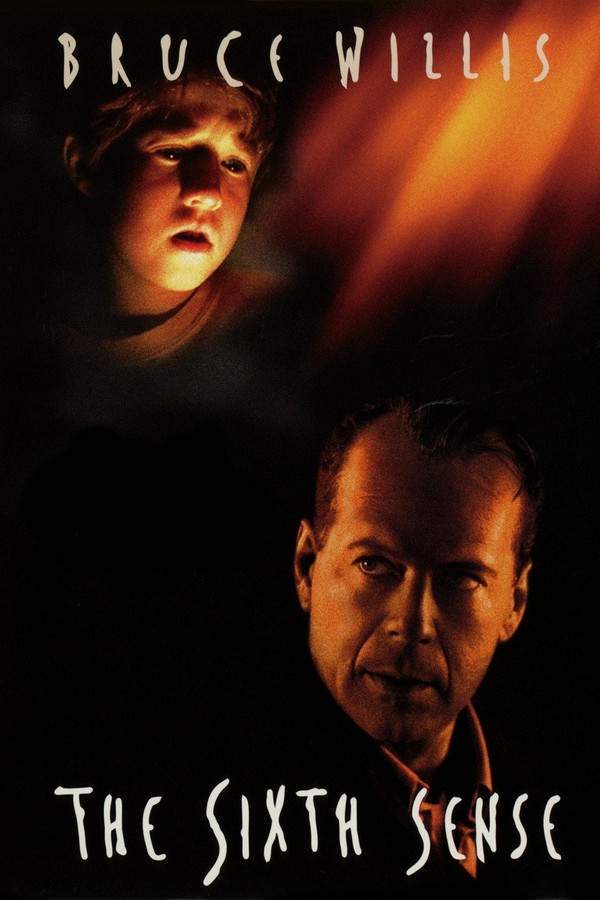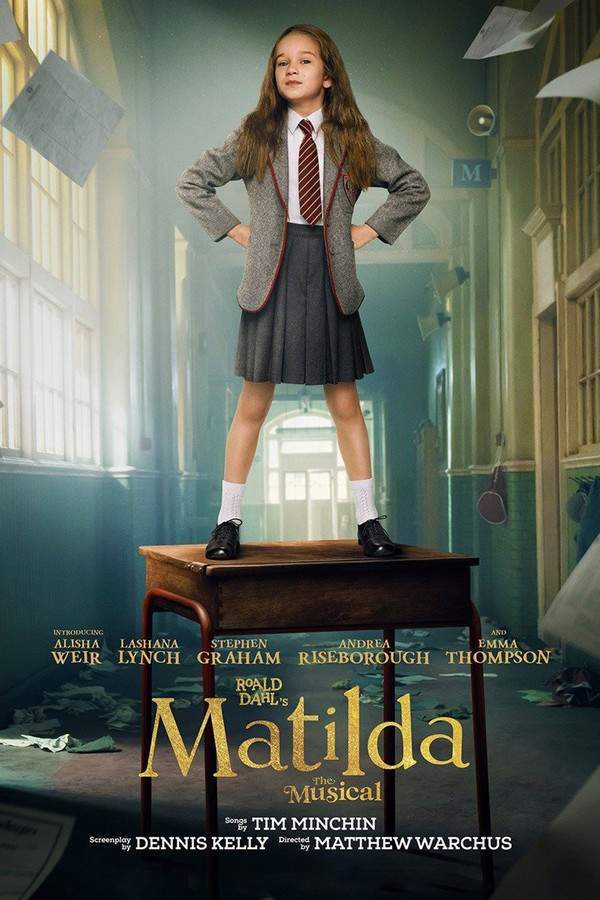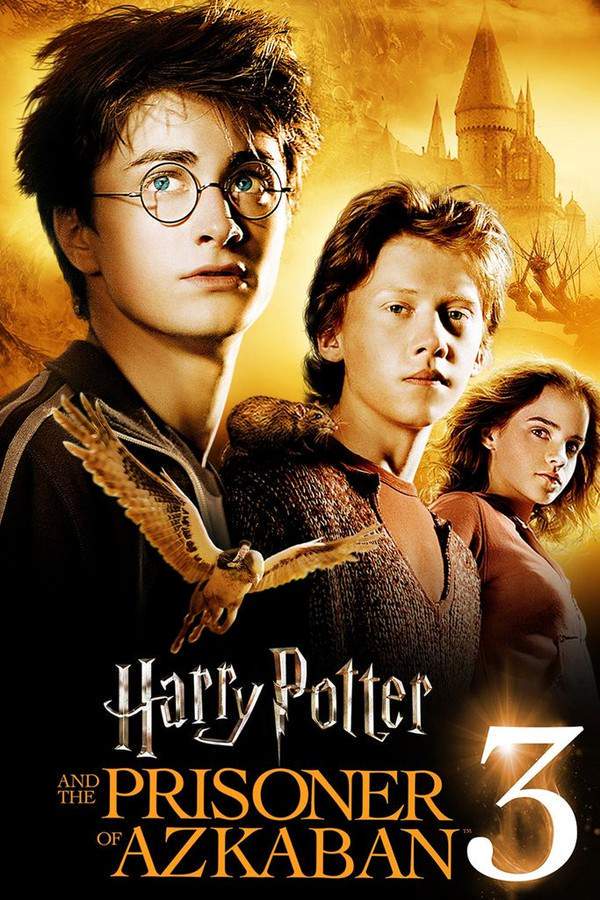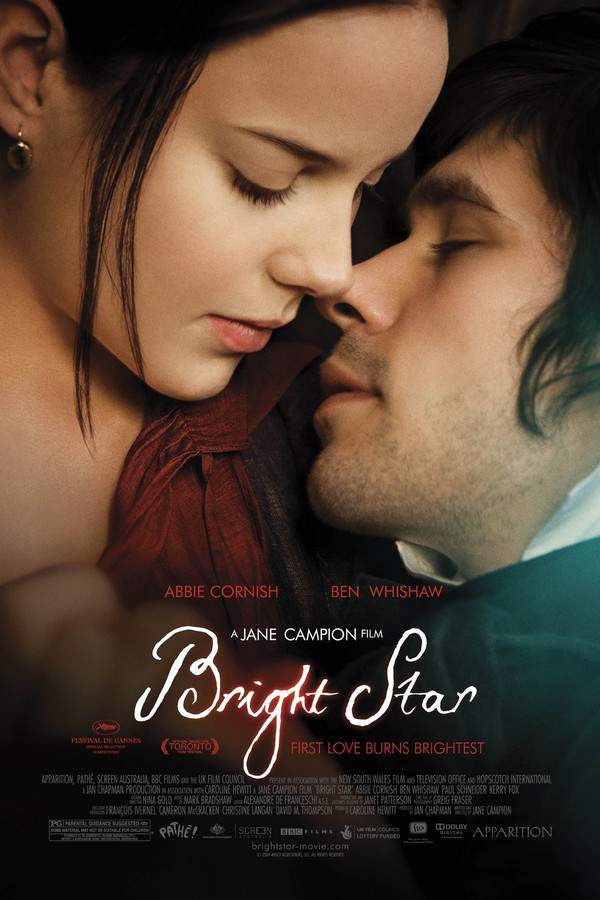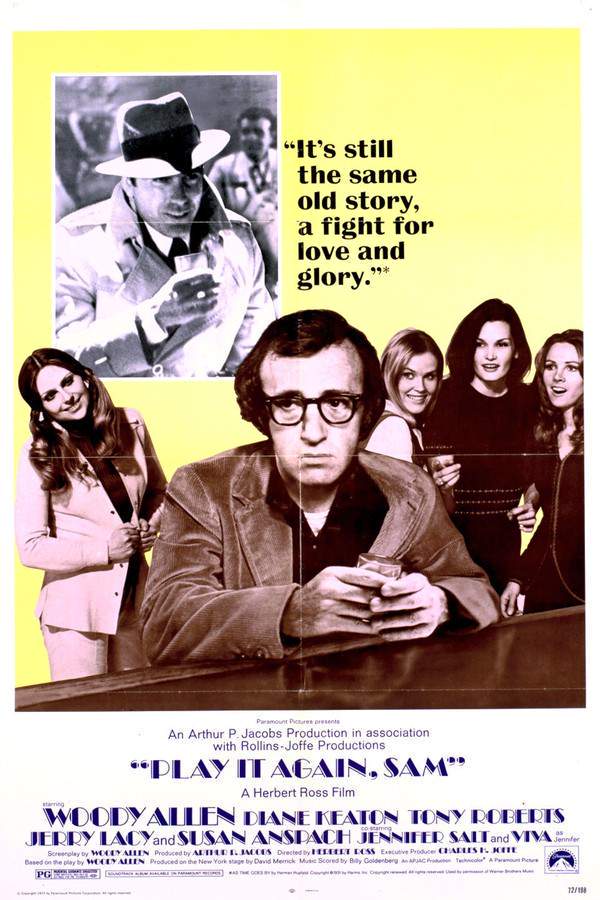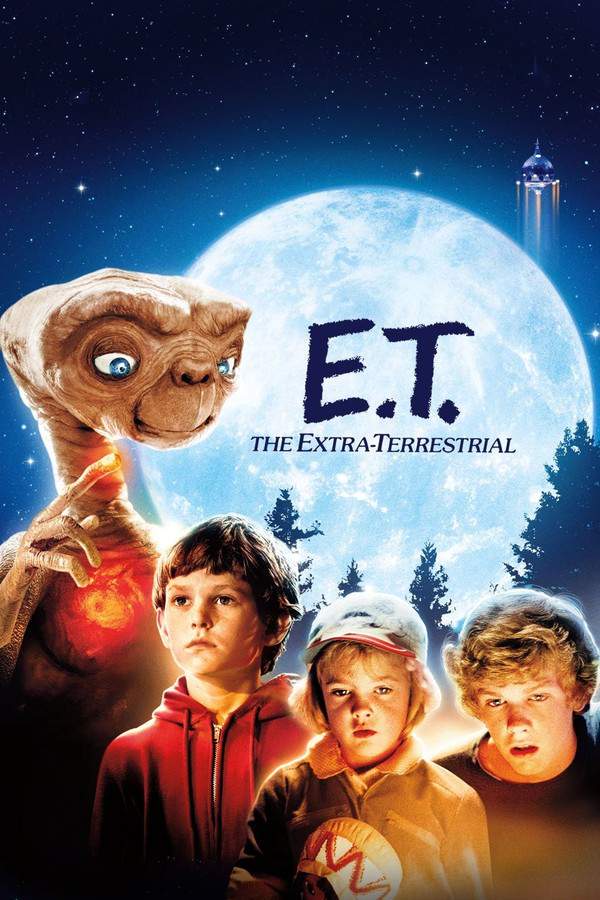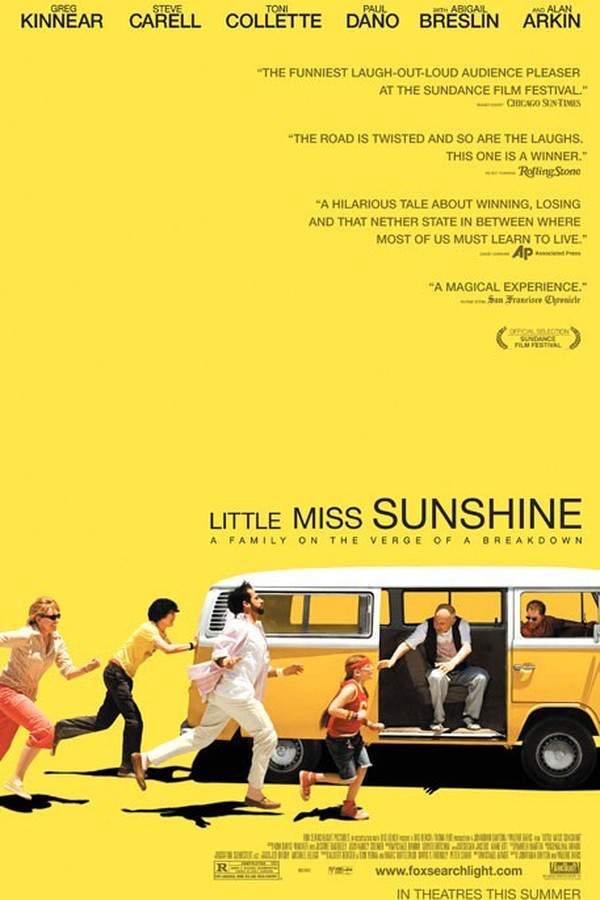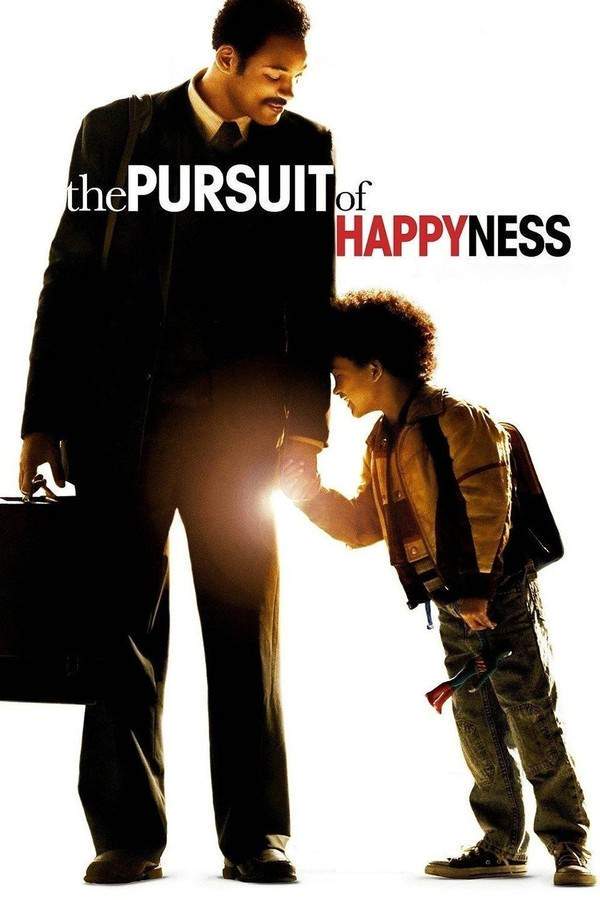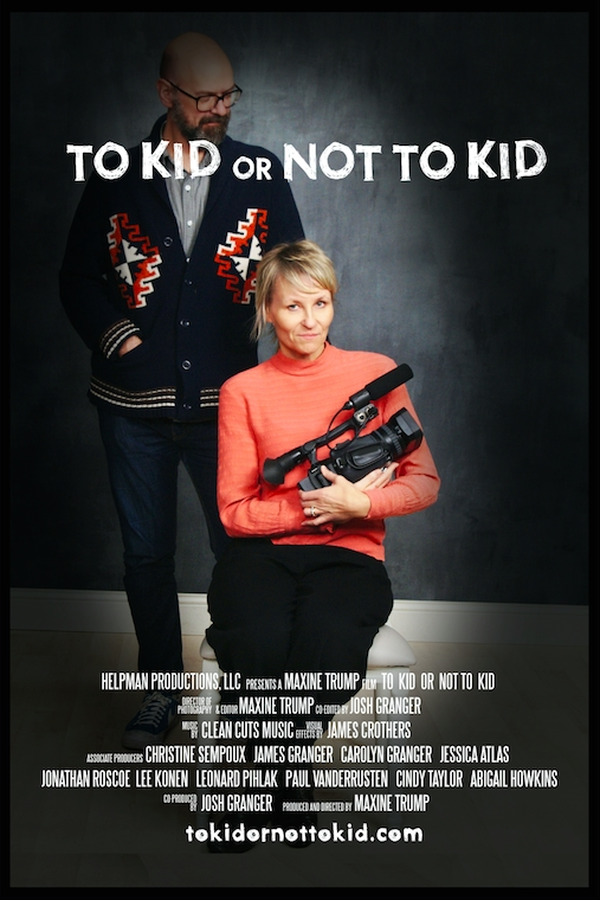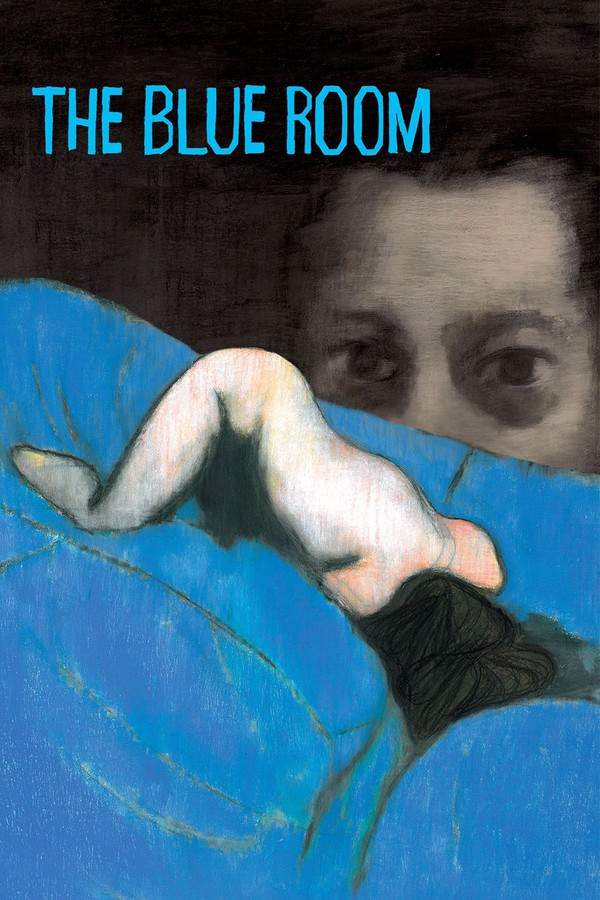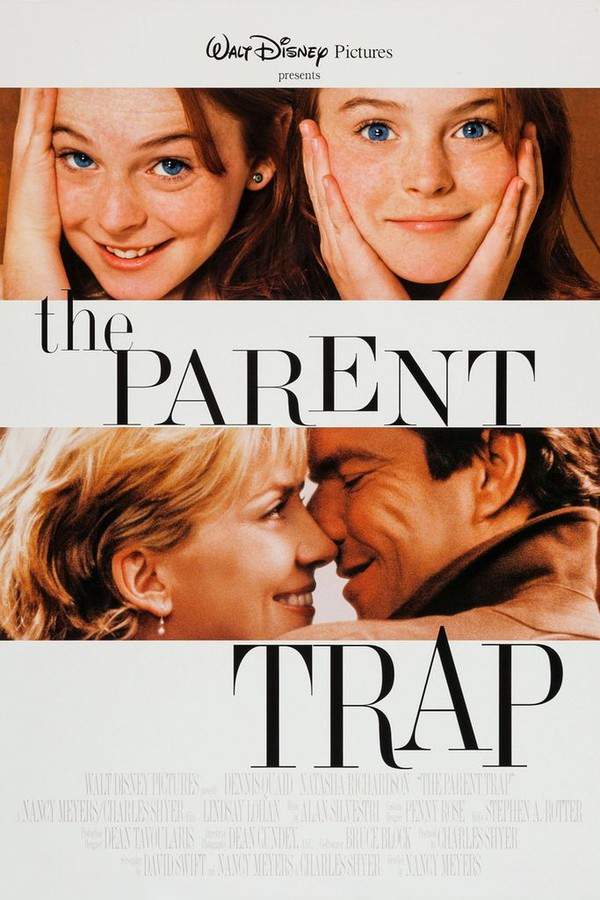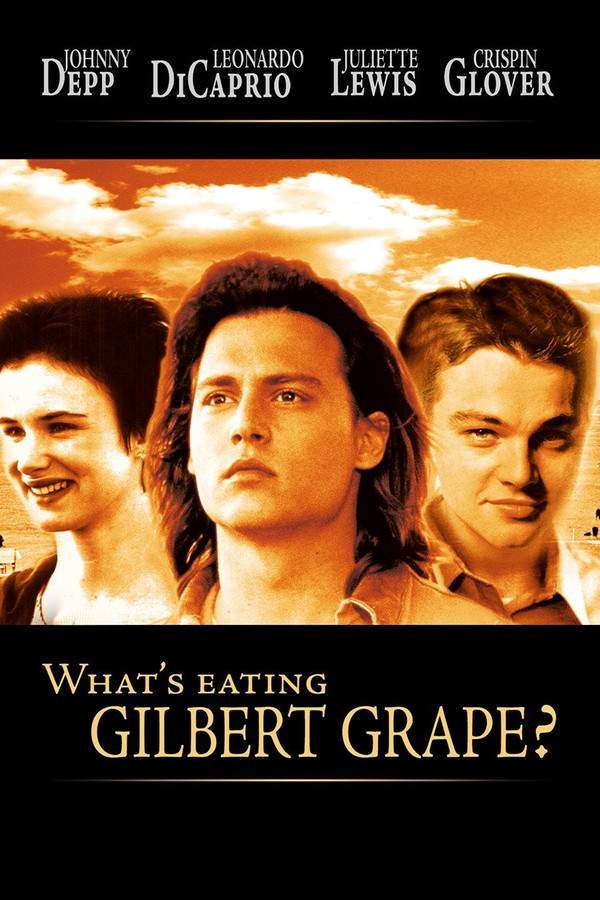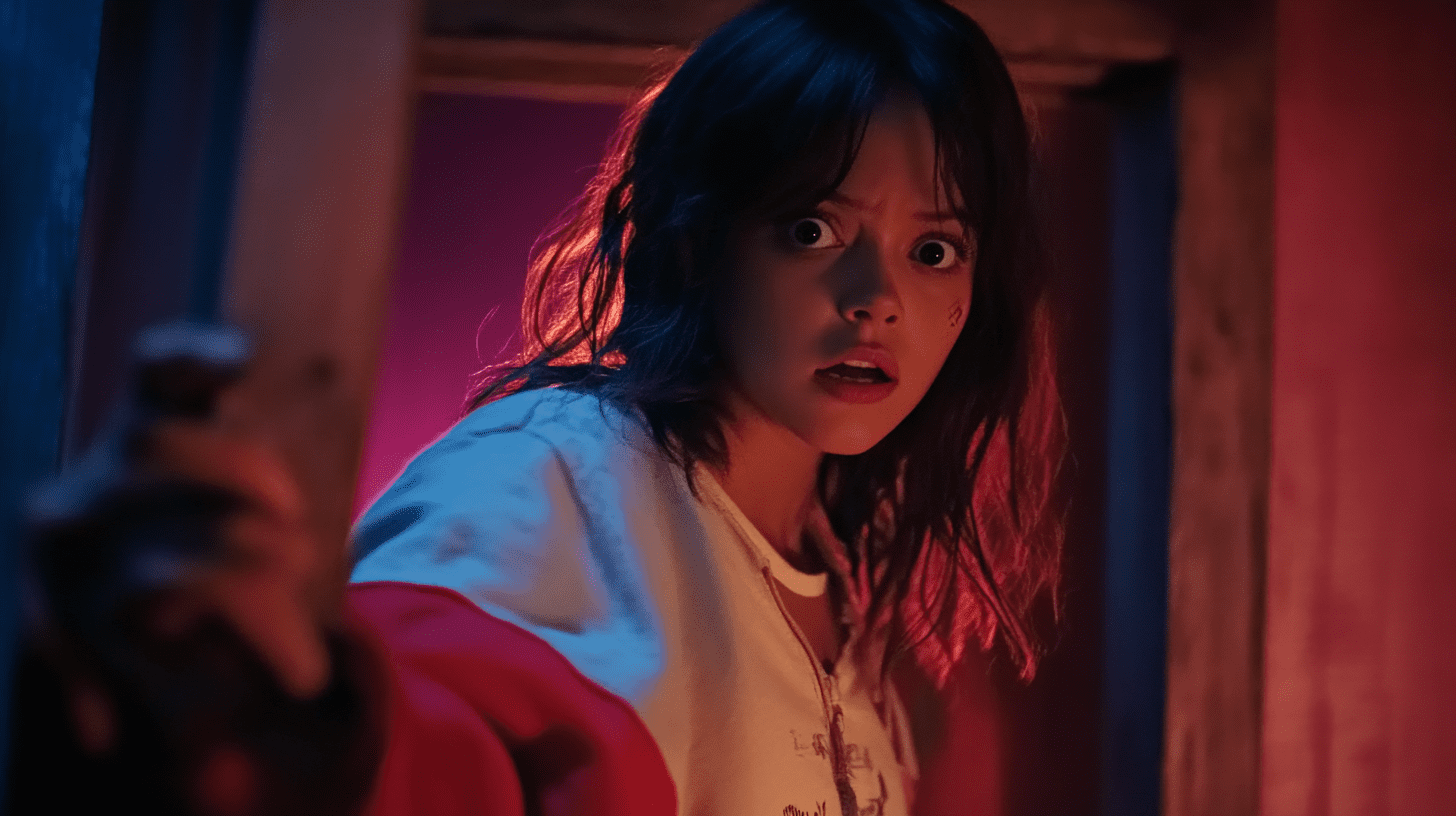What's After the Blog?
Cinema • Culture
Child Actors in Film: Balancing Performance and Childhood
Explore the challenges and triumphs of child actors in film, balancing their performances with maintaining a normal childhood in our latest blog post.
February 16, 2024

Movies mentioned in this article
Child Actors in Film: Balancing Performance and Childhood
Introduction
The film industry, with its glamorous allure and promise of fame, has always been a magnet for young talents aspiring to be actors. Child actors, often starting their careers at a tender age, bring a unique and irreplaceable energy to the screen. Their performances can be captivating, as seen in movies like The Sixth Sense featuring Haley Joel Osment, or Matilda with Mara Wilson. However, behind these performances lies a complex world where the pressures of the film industry meet the innocence of childhood. This intersection raises vital questions about how these young stars manage their unique lifestyle while maintaining the essence of their youth.
In the journey of a child actor, the line between work and life is often blurred. While their peers navigate the simpler challenges of childhood, child actors face the demanding world of professional acting—an environment that requires discipline, emotional resilience, and a level of professionalism that is challenging even for adults. Films like Harry Potter and Stranger Things show young actors shouldering significant responsibilities, often becoming the face of multi-million dollar franchises. This immense responsibility and public scrutiny at a young age create a unique set of challenges. Child actors must balance the demanding requirements of their profession with their personal growth and education, all under the watchful eyes of an often unforgiving public and media.
The Journey to Stardom: Child Actors in Hollywood
The path to stardom for child actors is as varied as it is challenging. Some are discovered through talent searches and auditions, like Auli’i Cravalho for Moana, while others may start in modeling or commercials before transitioning to film, similar to Brooke Shields’ early career. The journey often begins with a dream and a natural talent for performance, nurtured and supported by families and agents who believe in their potential.
Child actors like Shirley Temple, who started her career at the age of three, set the standard for early Hollywood stardom. Her immense talent and charm in movies like Bright Eyes and Curly Top won the hearts of millions during the Great Depression, showcasing the profound impact a child actor can have on the film industry and its audience. Fast forward to modern times, and we see talents like Dakota Fanning, who started her career at the age of seven in I Am Sam, demonstrating a depth of performance that belied her years.
However, the journey is not without its pitfalls. The pressure to perform and maintain a certain image can be overwhelming. Young stars like Macaulay Culkin, who rose to fame with Home Alone, and Drew Barrymore, who captured audiences in E.T. the Extra-Terrestrial, faced intense media scrutiny and personal challenges as they grew up in the public eye. Their experiences highlight the need for a supportive environment that prioritizes the well-being of the child over the demands of the industry.
In conclusion, child actors in Hollywood embark on a unique and challenging journey. It’s a path that requires not just talent, but also a strong support system to help them navigate the complexities of life in the spotlight while maintaining a semblance of normal childhood. Their experiences and stories are not just about stardom and performances but also about resilience, growth, and the delicate balance of life and art.
Balancing Act: Maintaining Normalcy in Childhood
One of the most significant challenges faced by child actors is finding a balance between their demanding careers and the simple joys of childhood. This delicate balance is crucial for their overall well-being and development. Child actors, unlike their adult counterparts, have to juggle school, friendships, and the typical milestones of growing up, all while working in a highly competitive and adult-dominated industry. This duality of life can be both enriching and taxing. Movies like Stand By Me, starring young actors like River Phoenix and Corey Feldman, showcase not just their on-screen talent but also hint at the complexities of their off-screen lives.
“How do child actors maintain a normal childhood while working?” This question underscores the importance of creating a stable and supportive environment. The key lies in setting boundaries and ensuring that these young talents have ample time for education, play, and social interactions outside the industry. Family support plays a pivotal role in this regard. For example, the parents of Emma Watson, who gained fame as Hermione in the Harry Potter series, made concerted efforts to maintain her schooling and private life despite the demands of filming. Likewise, the experience of Abigail Breslin, known for her role in Little Miss Sunshine, reflects the importance of having a grounded family life amidst the whirlwind of Hollywood.
Balancing work and normalcy also extends to managing the mental and emotional health of child actors. The industry’s pressures, along with the public scrutiny that comes with fame, can take a toll on their mental well-being. Ensuring access to counseling and mental health resources is essential. This support helps young actors like Jaden Smith, who starred in The Pursuit of Happyness, navigate the challenges of growing up in the public eye while dealing with the pressures of performance.
Legal and Ethical Considerations in Casting Children
The casting of children in films comes with a set of legal and ethical considerations that are paramount to protecting their rights and well-being. Child labor laws play a crucial role in this aspect, regulating the number of hours a child can work and ensuring they have adequate breaks and education provisions. These laws vary from region to region but are designed to safeguard the child’s interests first and foremost. For instance, the Coogan Law in California, named after child actor Jackie Coogan from The Kid, ensures that a portion of a child actor’s earnings is preserved in a protected trust.
Beyond legalities, there are ethical considerations that filmmakers and casting directors must adhere to. This includes ensuring that the content of the film is appropriate for the age of the child actor and that they are provided a safe and supportive on-set environment. The casting of Jacob Tremblay in Room is an excellent example of handling sensitive material with care. The filmmakers took great strides to ensure Tremblay’s comfort and understanding of the film’s context without exposing him to its more traumatic elements.
The role of guardians and agents is also crucial in maintaining ethical standards in the casting and management of child actors. These individuals must act in the best interest of the child, ensuring that their career decisions do not compromise their well-being or personal development. The involvement of stage parents in the careers of child stars like Lindsay Lohan, known for her role in The Parent Trap, has often been a topic of discussion, highlighting the need for balanced and prudent management of young actors’ careers.
In conclusion, while child actors bring immeasurable talent and freshness to the film industry, their participation must be managed with a keen awareness of the legal and ethical responsibilities involved. Ensuring the health, education, and overall well-being of these young stars is as important as their on-screen performance, necessitating a collaborative effort from parents, guardians, industry professionals, and legislators.
Education and On-Set Tutoring for Child Actors
A critical aspect of a child actor’s life is their education. Balancing school with the demands of filming can be a daunting task, yet it’s essential for their overall development and future prospects. Many child actors rely on on-set tutoring to keep up with their studies, which has become a standard practice in the industry. This educational arrangement ensures that young actors like Asa Butterfield, known for his role in Hugo, receive a consistent and structured education while working on set. These tutoring sessions are tailored to fit around shooting schedules, ensuring that education remains a priority.
The importance of education in the lives of child actors cannot be overstated. It not only provides them with essential knowledge and skills but also offers a sense of normalcy and routine amidst their unconventional work lives. On-set tutors often work closely with the child’s school to ensure that the curriculum is followed and educational milestones are met. For instance, Elle Fanning, who starred in Super 8, balanced her rising film career with her education, thanks to the support of dedicated tutors and a supportive family.
The success of on-set tutoring programs lies in their ability to provide a flexible yet effective educational environment. This approach allows child actors like Millie Bobby Brown from Stranger Things to pursue their acting careers without compromising their education. Additionally, these programs help young actors develop time management skills and a sense of responsibility – valuable life skills that benefit them beyond their acting careers.
The Psychological Impact of Early Fame
Early fame and the spotlight that comes with it can have a profound psychological impact on child actors. While the glamour and attention can be exhilarating, they often come with a unique set of challenges. Young stars are subjected to public scrutiny, high expectations, and the volatile nature of fame, which can be overwhelming and disorienting. The experiences of actors like Macaulay Culkin, who soared to fame with Home Alone, illustrate the complexities of growing up in the public eye, where personal struggles often become public discourse.
“What are the long-term effects of starting an acting career in childhood?” This question is crucial in understanding the psychological journey of child actors. The pressures of constant media attention and the fear of being typecast can create stress and anxiety. Additionally, the transition from a child star to an adult actor is often fraught with challenges, as the industry’s perception of the actor can change drastically. Actors like Haley Joel Osment, who captivated audiences in The Sixth Sense, had to navigate this transition, finding new roles that allowed them to showcase their evolving talents.
The support system around child actors plays a vital role in managing these psychological impacts. Access to mental health professionals, along with the support of family and friends, is essential in helping these young stars cope with the pressures of fame. Creating a safe and private space where they can express themselves freely and be themselves without judgment is crucial for their mental well-being.
In conclusion, while early fame can open doors to exciting opportunities, it’s imperative to recognize and address its psychological effects on child actors. The film industry, parents, and guardians must work together to ensure these young talents are supported not just in their careers but also in their personal development and mental health.
Navigating the Transition: From Child Star to Adult Actor
The transition from a child star to an adult actor is one of the most critical phases in the career of young performers. This period often determines their future in the industry and poses unique challenges. Child actors, once known for their roles in family movies or as young characters, must redefine their careers as they grow older. Audiences and industry professionals alike may struggle to dissociate them from their childhood roles. A classic example is Daniel Radcliffe, who, after portraying Harry Potter in the Harry Potter series, took on diverse roles in theater and film to establish himself as a versatile adult actor.
This transition is not just about finding new roles; it’s also about adapting to the evolving nature of acting as one matures. Skills that served child actors well may need to be honed or redeveloped to suit more complex, adult roles. Actors like Natalie Portman and Leonardo DiCaprio, who started their careers as child actors in films like Léon: The Professional and What’s Eating Gilbert Grape respectively, successfully navigated this transition. They chose roles that showcased their range and depth, gradually shedding their child actor image to become respected adult performers.
However, not all child actors manage this transition smoothly. Some find themselves typecast, unable to break away from the roles and images that made them famous as children. Others struggle with the personal and psychological challenges that come with growing up in the spotlight. The industry’s responsibility is to support these young talents through this transition, providing them with guidance and opportunities that allow them to evolve as actors.
Conclusion
As we conclude our exploration of child actors in film and the delicate balance between performance and childhood, we gain a deeper understanding of the complexities involved in this unique aspect of the film industry. These young talents bring immeasurable value to the movies they grace, often leaving lasting impressions with their performances. However, the challenges they face, from maintaining a normal childhood to dealing with fame’s psychological impacts, are substantial and require careful management.
The journey of a child actor is not just a narrative of stardom and success; it is also a story of resilience, adaptation, and personal growth. The industry, along with families and guardians, plays a crucial role in ensuring that these young actors have the support, education, and guidance they need to not only succeed in their careers but also to lead fulfilling lives outside of their film roles.
For more insights into the world of cinema and to explore the nuances behind your favorite films, including those featuring remarkable child actors, visit What’s After the Movie (ATM), your go-to movie database. Stay tuned to our blog for more engaging content that delves into the diverse aspects of filmmaking and the film industry.
Continue reading

What's After the Movie?
Not sure whether to stay after the credits? Find out!
Explore Our Movie Platform
New Movie Releases (2025)
Famous Movie Actors
Top Film Production Studios
Movie Plot Summaries & Endings
Major Movie Awards & Winners
Best Concert Films & Music Documentaries
Movie Collections and Curated Lists
© 2025 What's After the Movie. All rights reserved.

